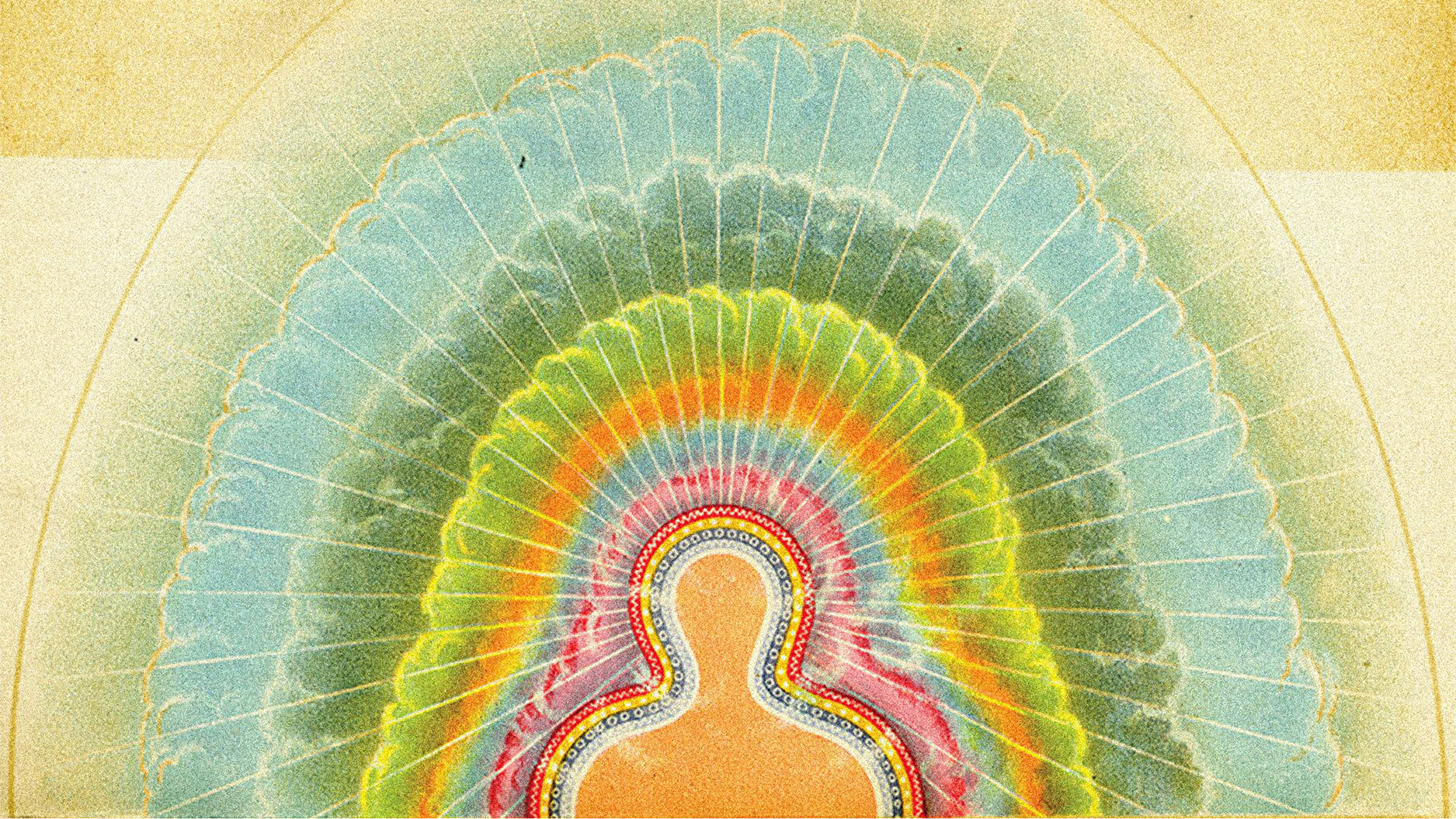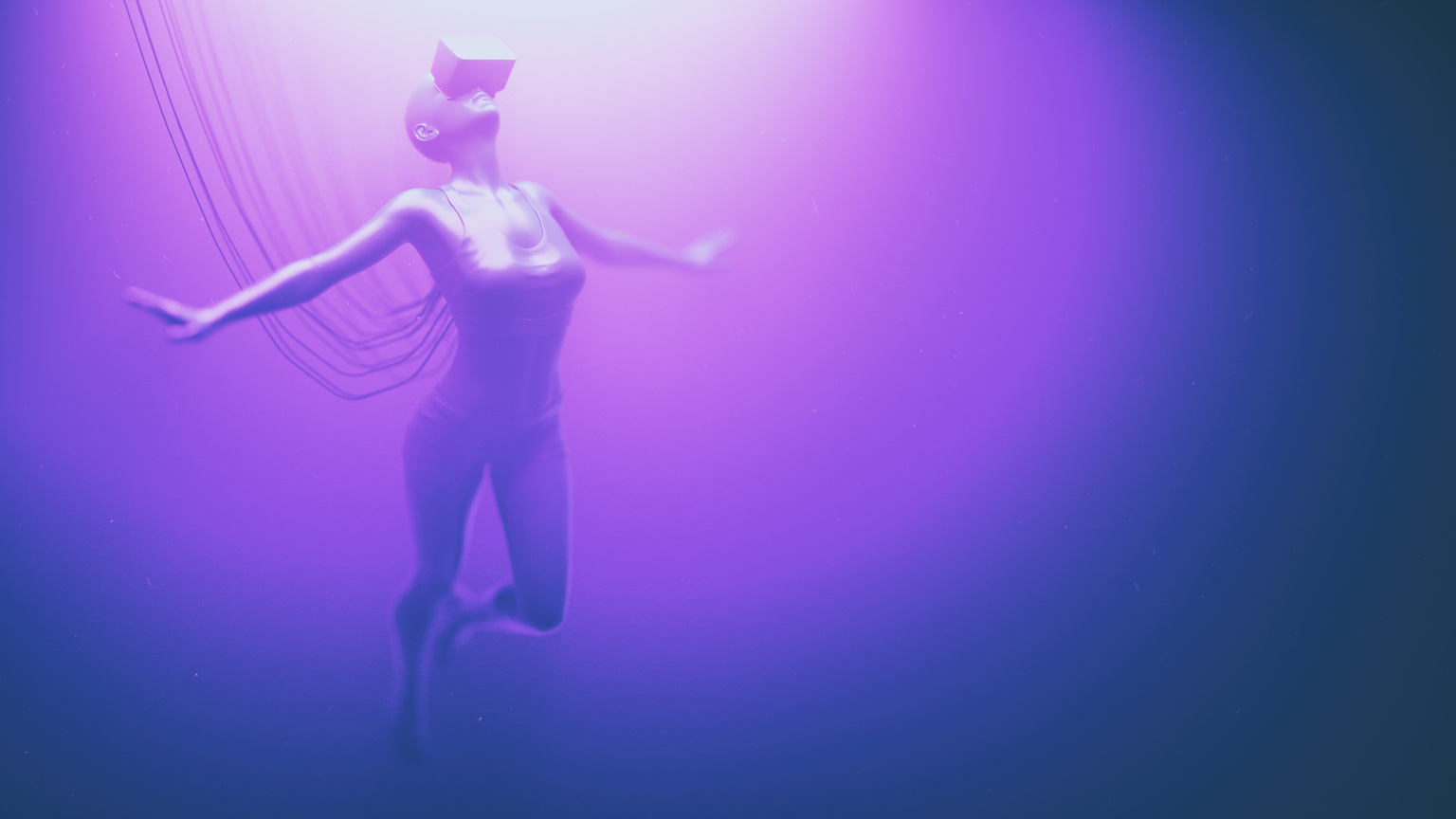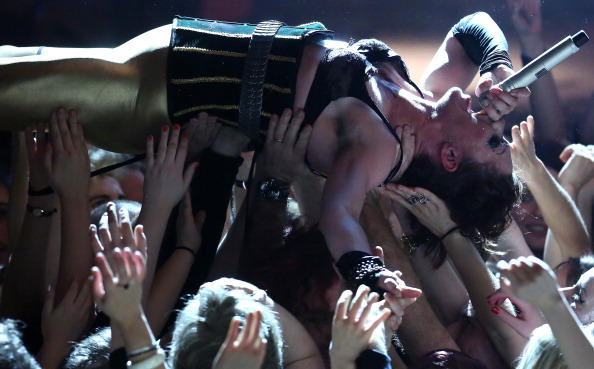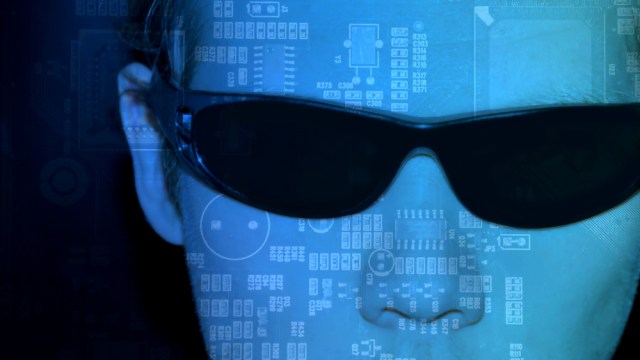How Social Media Made Us All Artists & Why We Don’t Like to Admit It
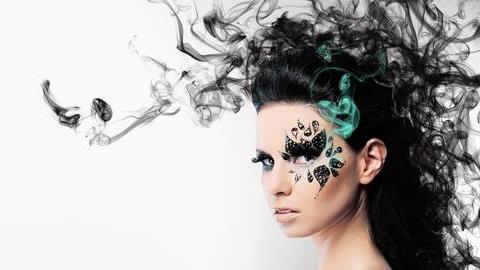
What’s the Latest Development?
We often talk about our online lives as something distinct from our offline lives, perhaps because we curate our own personalities on social media sites, presenting a condensed and wishful image of ourselves to others. But these distinctions are superficial, argues Alan Jacobs, a professor of English at Wheaton College, and they are born from a four-staged process of online experience: “The first is tentative exploration, testing the waters; the second is wholehearted immersion; the third is a determination to maintain boundaries; the fourth is recalibration of the relationship between what happens online and what happens IRL–as we still like to put it.”
What’s the Big Idea?
Jacobs is primarily interested in the last stage, recalibration, in which we find new and better ways to relate to what we do online. The rise of old-timey photography filters and music on record, for example, has paralleled the ascension of digital photography and digital tunes. Indeed, the newest fashions appear to represent a tempered rejection of modern technology’s dominance. But to say that modern technology dominates our lives is to create an artificial boundary between “real life” and online life. In so far as we use technology to respond to our experiences, which was once the domain of the artist, real life has become a fluid interaction between the material and the virtual.
Photo credit: Shutterstock.com
